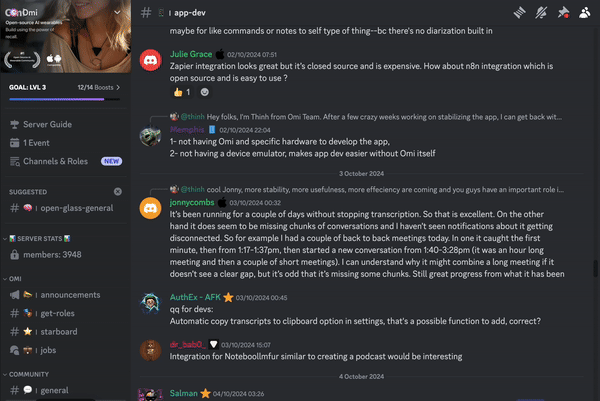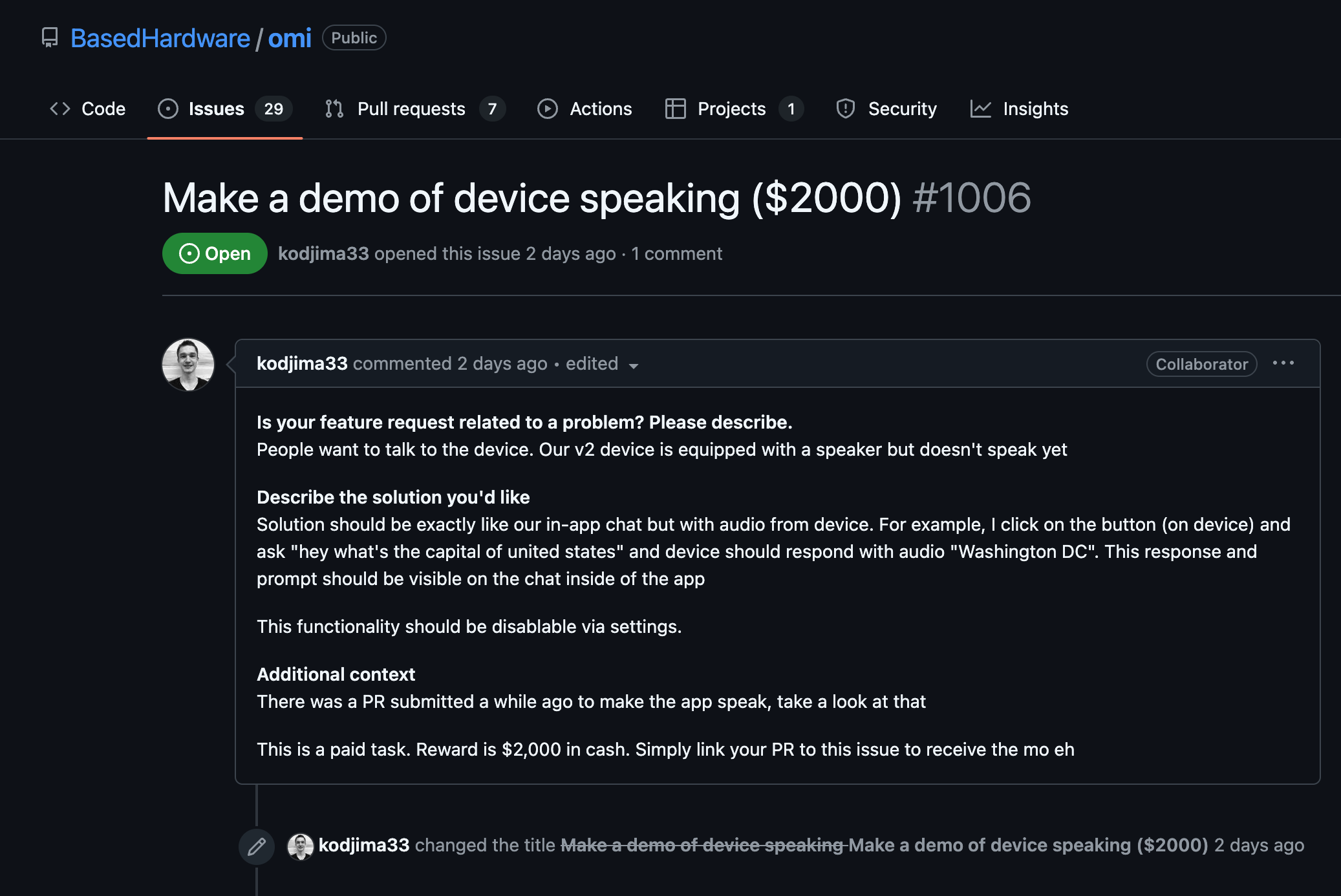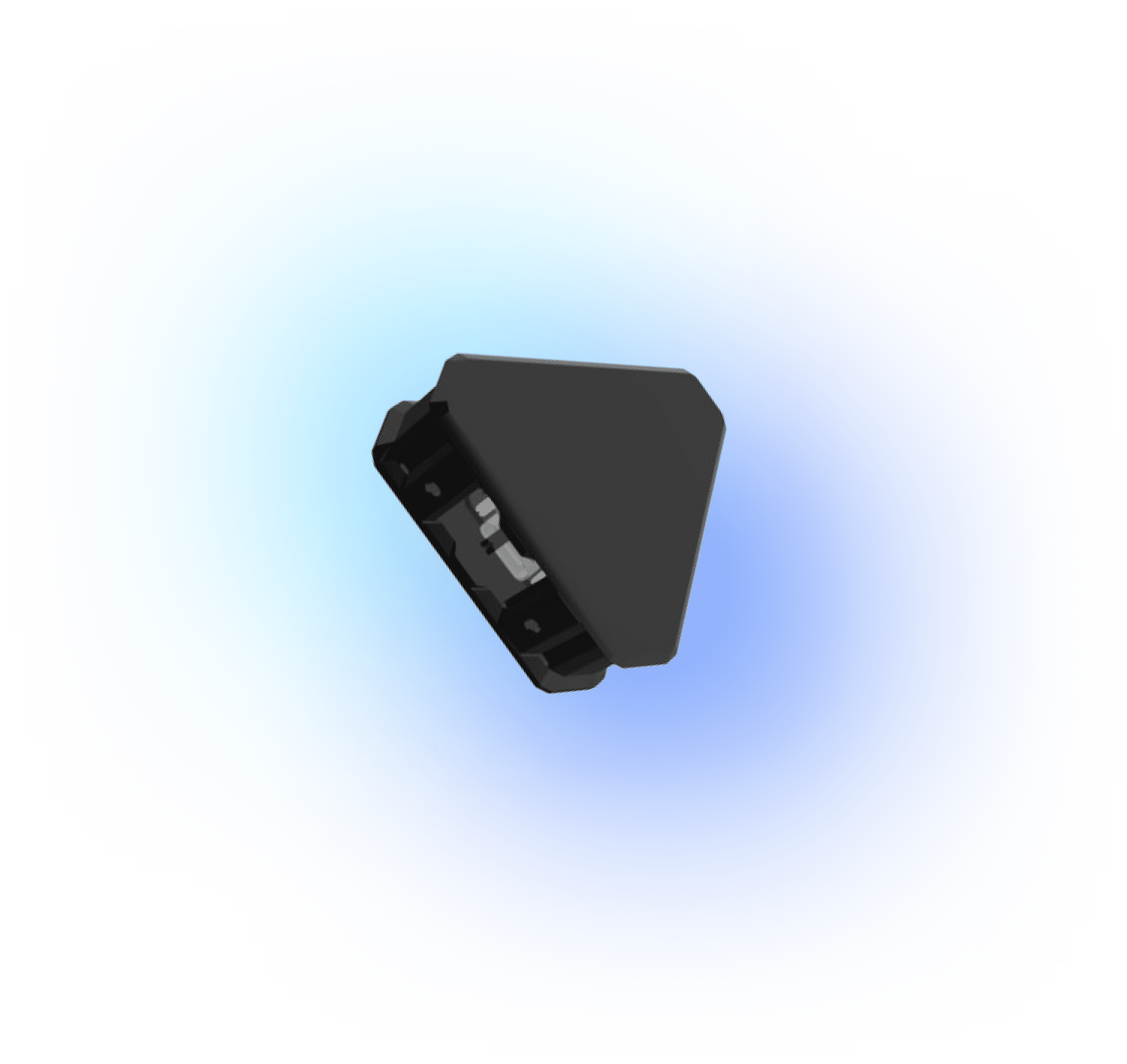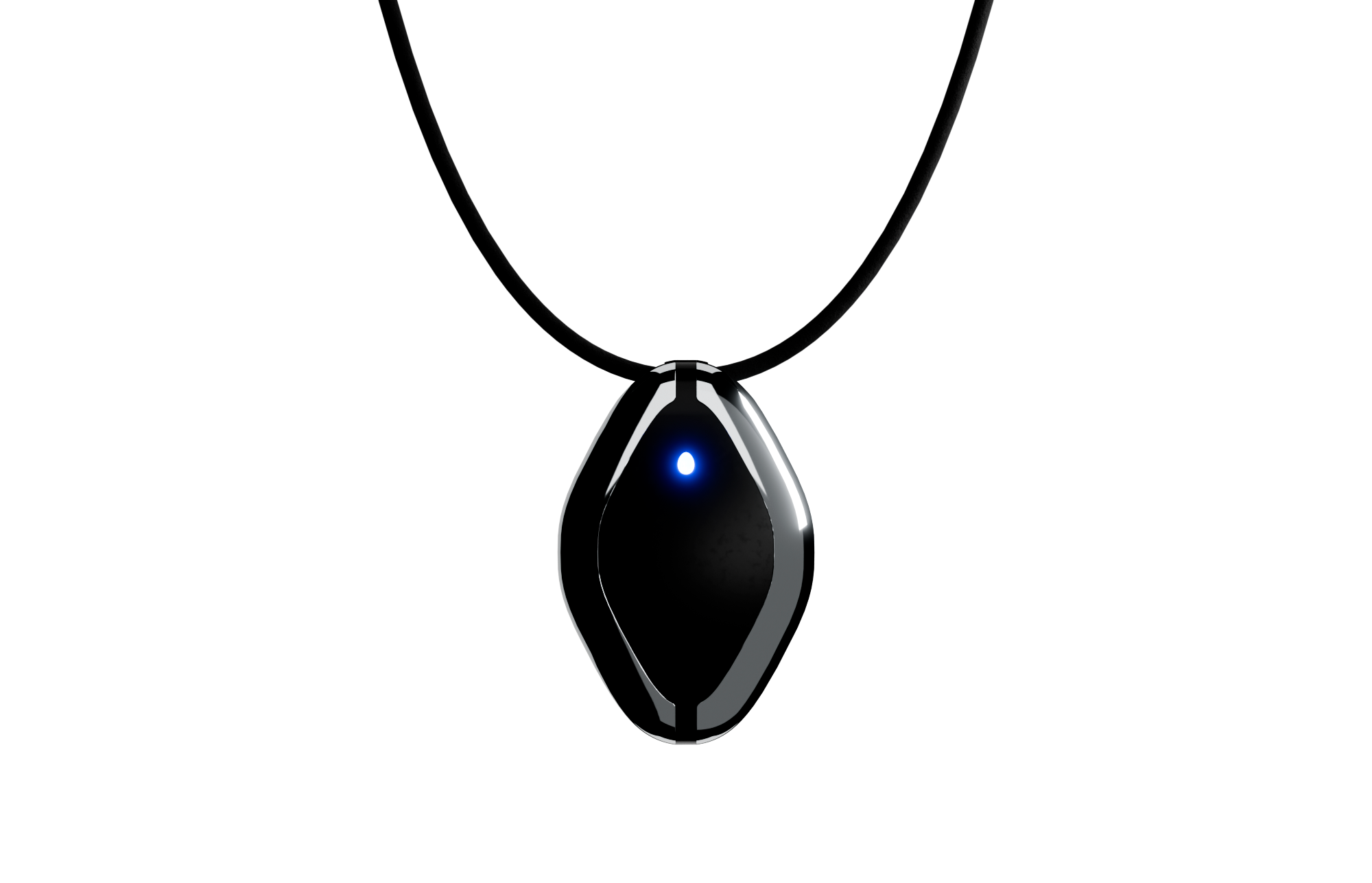Preparing to Solder Fine-Pitch Components
- Ensure you have the right tools: a fine-tip soldering iron, quality fine-gauge solder (preferably lead-free), flux, and magnification equipment such as a loupe or microscope.
- Prepare the PCB by cleaning it with isopropyl alcohol to remove any residues or contaminants that could affect solder flow.
- Organize and secure your components and tweezers, which will help in accurately placing the components on the PCB.
Applying Flux
- Apply a thin layer of flux to the PCB pads and component leads. Flux helps in improving the wetting of the solder and ensures good joint formation.
- Use a small brush or dedicated flux pen for precise application to avoid excess mess.
Placing the Component
- With the aid of tweezers, carefully place the component on the PCB, aligning it precisely with the pads. An appropriate magnification tool will assist in ensuring exact placement.
- Make sure the component is stable on the pads and does not move around when touched lightly.
Tacking the Component
- To secure the component in place, tack one corner pin. Apply light pressure with the soldering iron while introducing a small amount of solder to this pin.
- Recheck the alignment of the component after tacking before proceeding to solder the rest of the pins.
Soldering the Pins
- Use a clean and well-tinned soldering iron tip for this process. Starting from one edge, work your way across the pins methodically.
- For each pad, lightly press the iron tip against the pad and pin and feed a small amount of solder. Ensure the solder flows effectively between the pin and the pad, forming a smooth fillet without excess solder.
- If you notice any solder bridges, use desoldering braid to wick away the excess solder by gently heating it along the bridged area until the solder wicks up into the braid.
Inspecting the Solder Joints
- Once soldering is complete, inspect each joint under magnification to ensure there are no bridges, cold joints, or insufficient solder.
- Use continuity testing on an appropriate multimeter setting to confirm connections between the pads and component pins, as well as to check for any unintended shorts to adjacent pads.
Cleaning the PCB
- After soldering, clean the PCB again to remove any residual flux. This can be done using isopropyl alcohol and a soft brush. Flux residues, if left on the PCB, can cause long-term reliability issues.
Debugging and Testing
- Power the circuit cautiously and perform functional testing. Ensure that all components are operating as expected and that the soldered connections are reliable under working conditions.
- If issues are detected, re-inspect the solder joints, reapply flux, and reflow faulty connections as needed.























